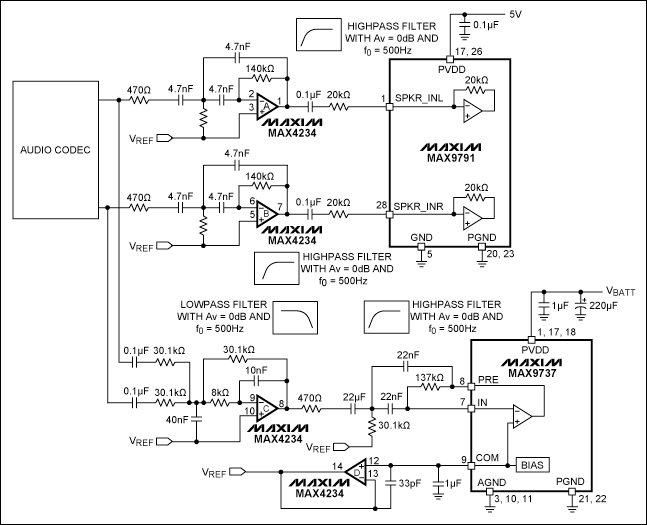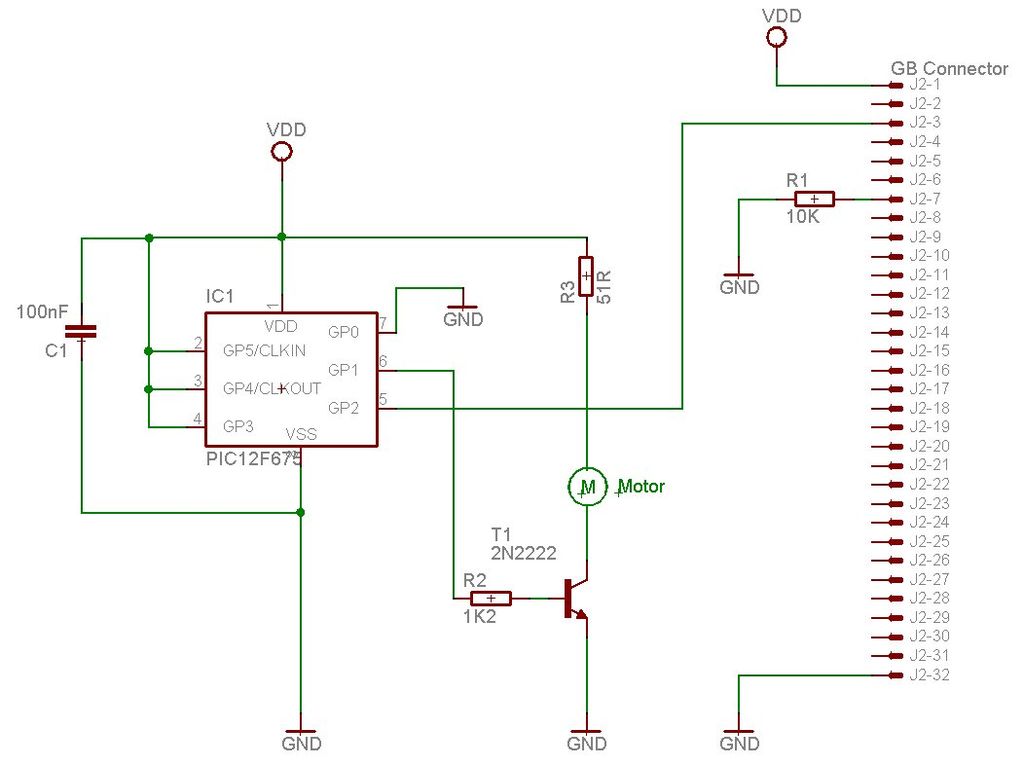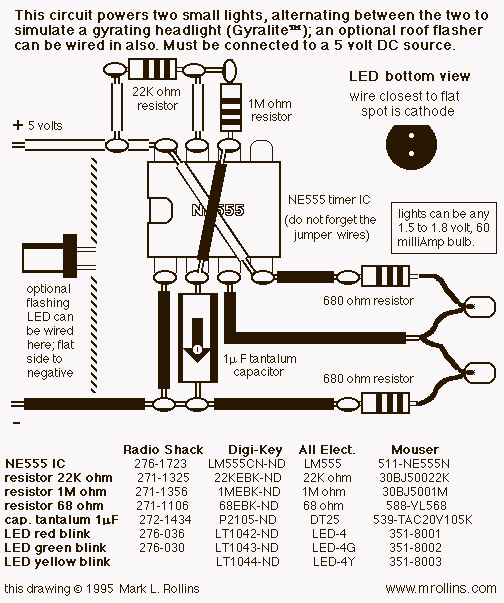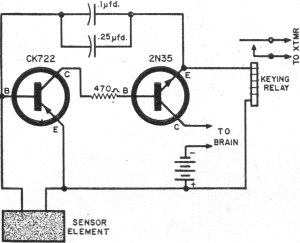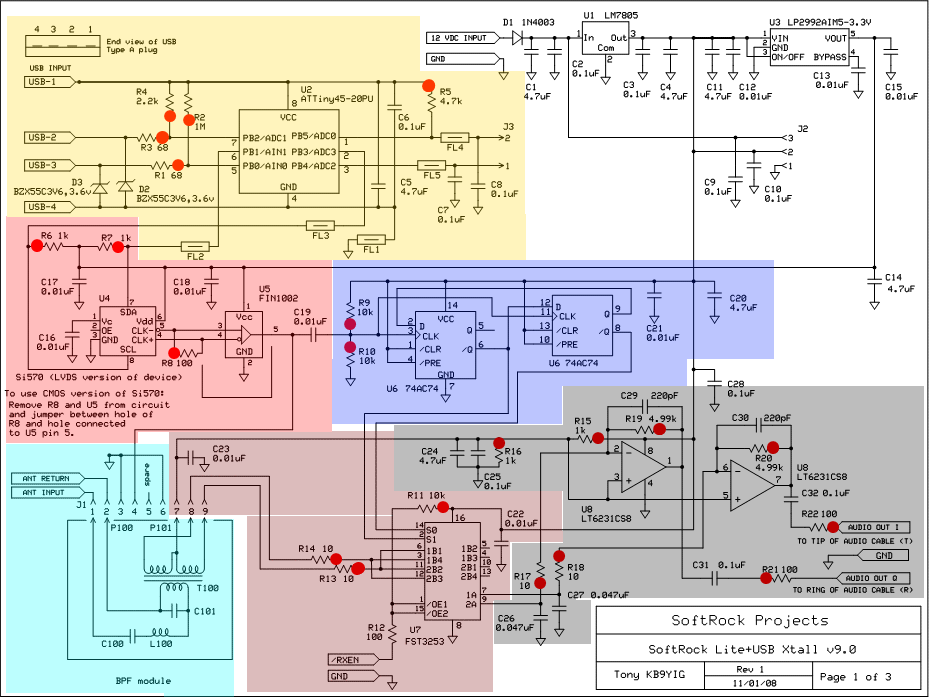
Softrock Lite V6.2 Enhanced
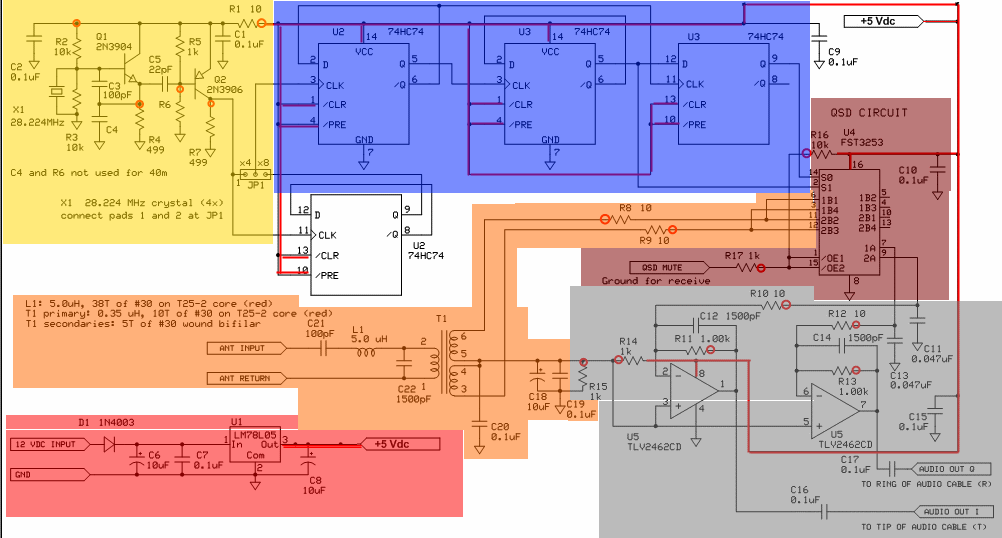
The Softrock Lite V6.2 series offers an affordable entry-level kit for amateur radio operators or shortwave listeners interested in experimenting with Software Defined Radio (SDR). This manual is inspired by Leonard WC0WOX's innovative approach to creating a web-based construction guide for the RXTX V6.2 Transceivers. It builds upon the insightful builder's notes of Tony Parks KB8YIG and Bill Tracey KD5TFD, which, while adequate, assume a certain level of sophistication in the builder. The kit encourages a "build a stage, test a stage" methodology, allowing builders to gain confidence by delivering the radio in small, functional, and tested segments. This receiver is modeled after the classic "direct conversion" receiver, mixing incoming RF down to audio frequencies by combining the RF with a local oscillator, resulting in mixer products within the audio frequency range. Unlike traditional direct conversion receivers, the SDR maintains a fixed local oscillator frequency, known as the "center frequency." Consequently, the mixer products can vary in audio frequency from zero to a theoretically high limit, practically capped at half the sound card's maximum sampling rate. Tuning, demodulation, automatic frequency control, and other radio functions are performed in the software component of the Software Defined Radio. The software enhances the selectivity of the direct conversion hardware, which is known for high sensitivity but poor selectivity. The software requires the audio frequency mixer products to be sent to the PC as two separate signals, identical in nature but 90 degrees out of phase ("in quadrature"). The Softrock Lite achieves this by setting the local oscillator to a frequency four times that of the desired center frequency and subsequently dividing it four times, introducing phase shifts to achieve quadrature. The two quadrature center frequency signals are then fed into the mixer stage, which mixes the RF down to two audio signals that are also in quadrature. A "third-hand" tool, such as a Panavise or the Hendricks kits PCB Vise, is recommended to hold the board during soldering. In the absence of such tools, a simple third-hand or alligator clip vise can suffice.
The Softrock Lite V6.2 series is designed with the intent of providing a practical introduction to SDR technology, emphasizing hands-on experience. The construction process is modular, enabling builders to focus on one functional part of the circuit at a time. This approach not only simplifies troubleshooting but also enhances the learning experience as users see immediate results from each completed stage.
The architecture of the Softrock Lite follows a straightforward signal processing flow. The incoming radio frequency (RF) signals are captured by the antenna and fed into the mixer stage, where they are combined with the output of the local oscillator. This mixing process generates intermediate frequency (IF) signals that are then processed to extract audio information. The local oscillator's fixed frequency allows for a stable reference point, enabling the system to operate effectively across a range of frequencies.
The quadrature signals generated by the Softrock Lite are essential for achieving high fidelity in demodulation. By providing two signals that are 90 degrees apart, the software can effectively reconstruct the original audio signal, allowing for clearer reception of weak signals that may be difficult to detect with traditional receivers.
In terms of hardware, careful attention is given to component selection and layout to minimize noise and interference. The use of high-quality components and proper grounding techniques is critical for achieving optimal performance. Builders are encouraged to follow best practices in soldering and assembly to ensure reliability and longevity of the device.
Overall, the Softrock Lite V6.2 series represents a significant advancement in the field of amateur radio, providing users with the tools necessary to explore the capabilities of Software Defined Radio technology while fostering a deeper understanding of radio frequency principles.The Softrock Lite V6. 2 series provide an economical entry-level kit for the ham or SWL who wants to experiment with Software Defined Radio (SDR). As of 10/26/2008, the offerings in this series are (links are to schematics in Yahoo Groups files folder ): This manual is based upon an idea by Leonard WC0WOX and his excellent work in producing a web-b
ased construction guide for the RXTX V6. 2 Transceivers. It expands upon the elegant builders notes of Tony Parks KB8YIG and Bill Tracey KD5TFD, notes which are adequate, but also assume a quite sophisticated builder. Modify the original, stuff it all in then test it process to a build a stage, test a stage, process, whereby the builder gains confidence in their ability to build the kit by delivering the radio in small, functional, and tested stages.
This receiver is patterned on the classic "direct conversion" receiver, in that it mixes incoming RF down to audio frequencies by beating the RF against a Local oscillator such that the mixer products are in the audio frequency range. Unlike the traditional DC receiver, the SDR does not "tune" the local oscillator`s frequency to beat up against a desired RF signal.
Instead, the local oscillator is at a fixed frequency. This fixed oscillator frequency is referred to as the "center frequency". As a result, the mixer products can vary in audio frequency from zero to +/- some theoretically high audio frequency. In fact, the practical limit is one-half the soundcard`s maximum sampling rate, The "tuning" (and demodulation and AFC and other neat radio things) happen in the software part of the Software Defined Radio.
It is the magic of Software that makes for the extraordinarily high selectivity in the direct conversion hardware (which is notorious for great sensitivity but terrible selectivity). The software requires the AF mixer products to be provided to the PC as two separate signals, each identical to the other, except that they are 90 degrees apart in phase ("in quadrature").
The SR Lite achieves this by setting the local oscillator to a frequency that is 4 times the desired center frequency and then dividing that frequency 4 times (with attendant phase shifts to achieve quadrature). The two center frequency signals are in quadrature and are fed into the mixer stage, which mixes the RF down to two audio signals that are also in quadrature.
c A "third-hand" (e. g. , Panavise or the Hendricks kits PCB Vise ) to hold your board while soldering. In a pinch, you can get by with a simple third-hand, alligator clip vise. 🔗 External reference
The Softrock Lite V6.2 series is designed with the intent of providing a practical introduction to SDR technology, emphasizing hands-on experience. The construction process is modular, enabling builders to focus on one functional part of the circuit at a time. This approach not only simplifies troubleshooting but also enhances the learning experience as users see immediate results from each completed stage.
The architecture of the Softrock Lite follows a straightforward signal processing flow. The incoming radio frequency (RF) signals are captured by the antenna and fed into the mixer stage, where they are combined with the output of the local oscillator. This mixing process generates intermediate frequency (IF) signals that are then processed to extract audio information. The local oscillator's fixed frequency allows for a stable reference point, enabling the system to operate effectively across a range of frequencies.
The quadrature signals generated by the Softrock Lite are essential for achieving high fidelity in demodulation. By providing two signals that are 90 degrees apart, the software can effectively reconstruct the original audio signal, allowing for clearer reception of weak signals that may be difficult to detect with traditional receivers.
In terms of hardware, careful attention is given to component selection and layout to minimize noise and interference. The use of high-quality components and proper grounding techniques is critical for achieving optimal performance. Builders are encouraged to follow best practices in soldering and assembly to ensure reliability and longevity of the device.
Overall, the Softrock Lite V6.2 series represents a significant advancement in the field of amateur radio, providing users with the tools necessary to explore the capabilities of Software Defined Radio technology while fostering a deeper understanding of radio frequency principles.The Softrock Lite V6. 2 series provide an economical entry-level kit for the ham or SWL who wants to experiment with Software Defined Radio (SDR). As of 10/26/2008, the offerings in this series are (links are to schematics in Yahoo Groups files folder ): This manual is based upon an idea by Leonard WC0WOX and his excellent work in producing a web-b
ased construction guide for the RXTX V6. 2 Transceivers. It expands upon the elegant builders notes of Tony Parks KB8YIG and Bill Tracey KD5TFD, notes which are adequate, but also assume a quite sophisticated builder. Modify the original, stuff it all in then test it process to a build a stage, test a stage, process, whereby the builder gains confidence in their ability to build the kit by delivering the radio in small, functional, and tested stages.
This receiver is patterned on the classic "direct conversion" receiver, in that it mixes incoming RF down to audio frequencies by beating the RF against a Local oscillator such that the mixer products are in the audio frequency range. Unlike the traditional DC receiver, the SDR does not "tune" the local oscillator`s frequency to beat up against a desired RF signal.
Instead, the local oscillator is at a fixed frequency. This fixed oscillator frequency is referred to as the "center frequency". As a result, the mixer products can vary in audio frequency from zero to +/- some theoretically high audio frequency. In fact, the practical limit is one-half the soundcard`s maximum sampling rate, The "tuning" (and demodulation and AFC and other neat radio things) happen in the software part of the Software Defined Radio.
It is the magic of Software that makes for the extraordinarily high selectivity in the direct conversion hardware (which is notorious for great sensitivity but terrible selectivity). The software requires the AF mixer products to be provided to the PC as two separate signals, each identical to the other, except that they are 90 degrees apart in phase ("in quadrature").
The SR Lite achieves this by setting the local oscillator to a frequency that is 4 times the desired center frequency and then dividing that frequency 4 times (with attendant phase shifts to achieve quadrature). The two center frequency signals are in quadrature and are fed into the mixer stage, which mixes the RF down to two audio signals that are also in quadrature.
c A "third-hand" (e. g. , Panavise or the Hendricks kits PCB Vise ) to hold your board while soldering. In a pinch, you can get by with a simple third-hand, alligator clip vise. 🔗 External reference
